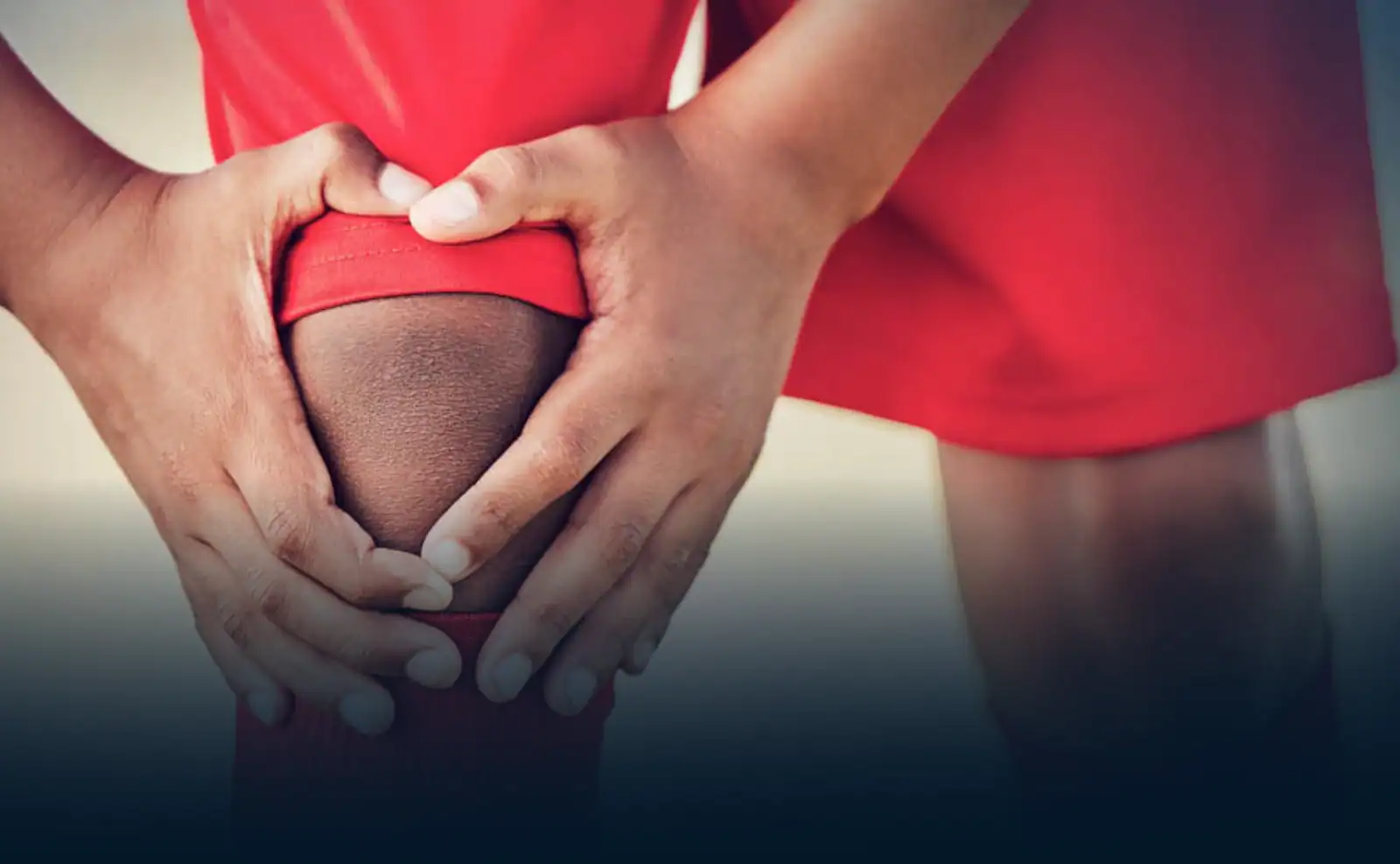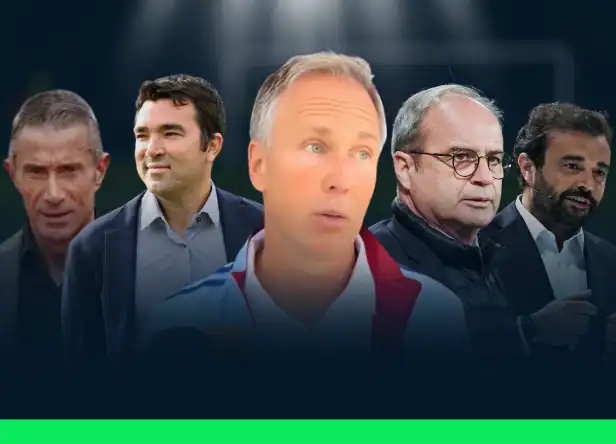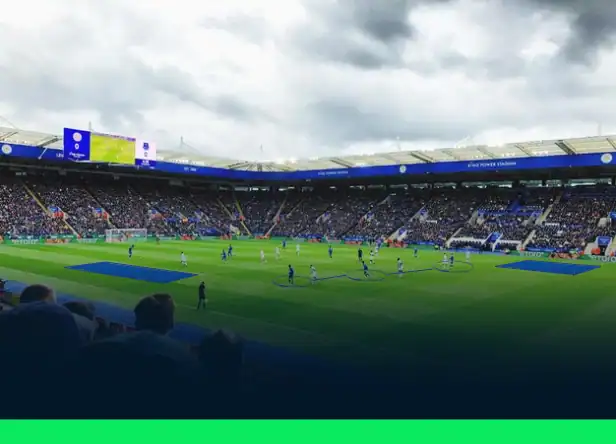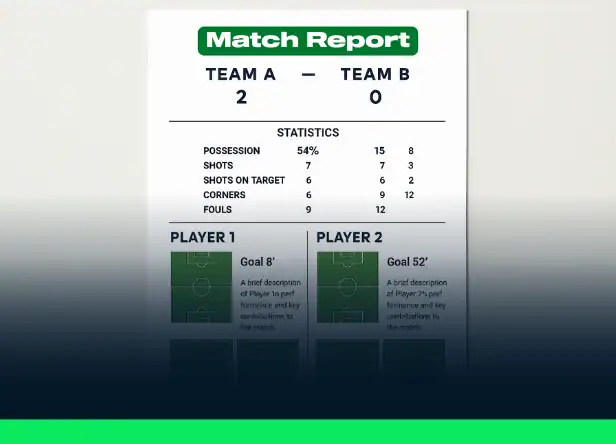Playing a sport exposes athletes to many injuries. Even more so in a contact sport like soccer, the risks are higher. Add to that the fact that high-level soccer is becoming more and more intense, and you get all the ingredients for a playing field prone to repeated injuries.
However, with good preparation and healthy habits, it is possible to significantly reduce these risks.
Here’s an article describing the main injuries in soccer…
What Are the Different Causes of Injury? Understanding Injury Causation in Soccer
Soccer accidents result from several linked variables that extend beyond just contact events. The complex character of the sport calls for athletes to perform under a range of physical and environmental stressors that considerably affect injury vulnerability.
The causes of injury are multiple. First, there are injuries linked to practicing any sport: repetitive sports movements, trauma and impacts on joints, often made worse by the surface of the field or pitch.
The way the athlete trains and manages their body also strongly influences injury risk. The main causes are the following: lack of preparation or warm-up, poor physical condition, bad nutrition, poor recovery, or poorly adapted gear and equipment.
Finally, in some cases there are unfortunately morphological problems that can affect a soccer player’s physical health.
We must also not forget that soccer is a contact sport where the physical aspect has become very important:
- Match rhythm and intensity are increasingly high.
- A soccer player runs more than 11 km (about 6.8 miles) per game.
- Duels, which can be very physical and rough, can also cause injuries ranging from minor to severe.
Primary Injury Mechanisms
Intrinsic factors play a fundamental role in injury development. Poor physical conditioning, inadequate warm-up protocols, suboptimal nutrition, and insufficient recovery time between training sessions create vulnerability within the athlete’s system. Morphological considerations, including muscle imbalances and joint restrictions, further predispose players to specific injury patterns.
Extrinsic factors include outside variables like playing surface quality, gear quality, and environmental circumstances. Although offering constant playing conditions, modern artificial surfaces can raise cutting motions’ rotational stresses on joints. Moreover, the contact nature of the sport presents unexpected collision situations that could cause serious traumatic injuries.
The biomechanical requirements of soccer cause distinct patterns of stress on the musculoskeletal system. Sprint-related exercises call joints and supporting structures under remarkable strain, generating forces equal to 5–8 times body weight with each stride. For a 75-kilogram player, this translates to 375–600 kilograms of force absorption per footfall.
The Most Common Soccer Injuries
Lateral Ankle Sprains
Affecting the anterior talofibular ligament (ATFL) in around 85% of cases, lateral ankle sprains are the most common soccer injury. These injuries result from excessive inversion forces tearing or stretching the lateral ligament complex during landing, cutting, or contact events.
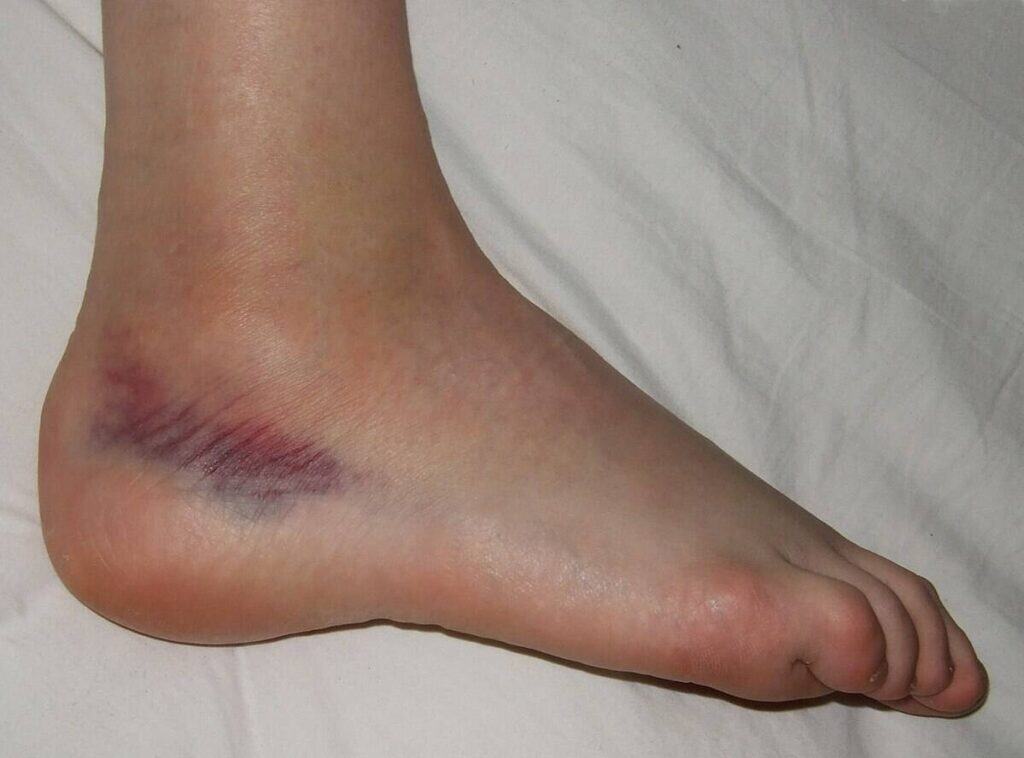
The three-ligament lateral complex comprises the ATFL, calcaneofibular ligament (CFL), and posterior talofibular ligament (PTFL), with damage generally following a predictable progression. While Grade II injuries have partial ligament tears with moderate instability, Grade I sprains include microscopic fiber damage with little functional loss. Complete ligament ruptures, which need protracted rehabilitation, are grade III sprains.
Immediate pain, swelling, and problems with weight-bearing define the clinical picture. Although contemporary techniques stress early mobility inside pain tolerance, the foundation of first therapy is still the RICE protocol (Rest, Ice, Compression, Elevation). With proprioceptive rehabilitation being crucial to avoid chronic ankle instability, recovery times vary from a few days for little sprains to 6–8 weeks for serious injuries.
Even after getting back to competition, professional soccer players with past lateral ankle sprains show ongoing impairments in dynamic balance, especially in anterior and composite directions. This emphasizes how crucial thorough rehabilitation programs are that treat not only tissue healing but also neuromuscular control recovery.
Meniscus Syndrome and Knee Disorders
In soccer players, meniscal injuries manifest as a complicated syndrome including swelling, discomfort, and mechanical signs inside the knee. Dealing with forces of 5–8 times body weight during running exercises, the menisci serve as shock absorbers and load distributors.
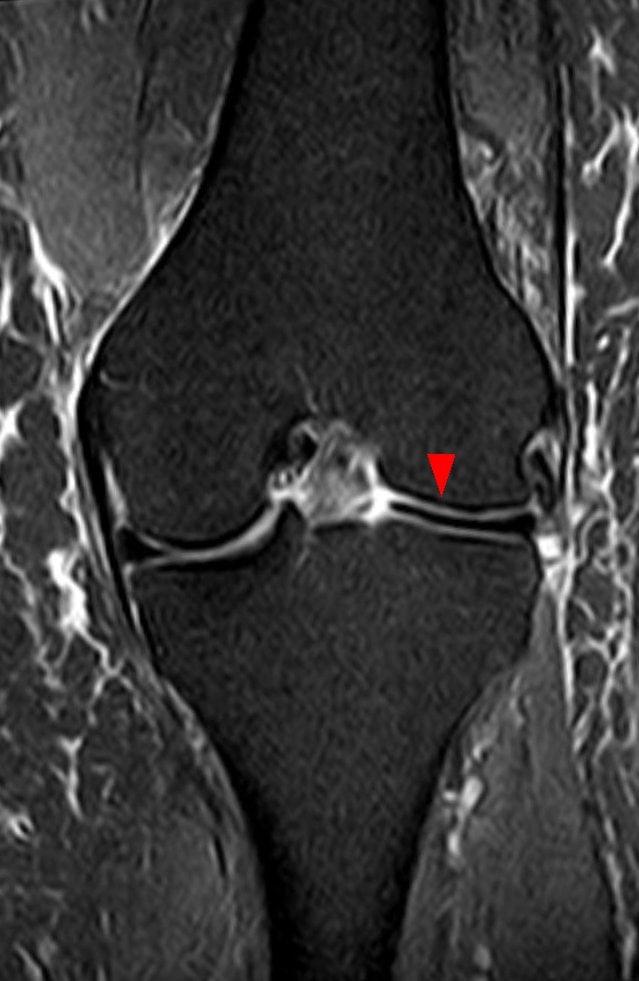
Repetitive loading cycles, particularly on tougher playing surfaces or with insufficient shoes, cause chronic meniscal disorders to manifest slowly. Usually caused by rotational movements combined with knee flexion, acute meniscal tears frequently impact the medial meniscus because of its strong capsular connections.
Conservative treatment includes activity modification, anti-inflammatory procedures, and strengthening regimens aimed at the quadriceps and hamstring muscle groups. Mechanical symptoms or ongoing pain restricting performance may call for surgical intervention using arthroscopy. Still, one must seriously assess the long-run effects of meniscal surgery, including a higher chance of osteoarthritis.
The alarming trend of cortisone injection use in professional soccer underlines the need to rapidly recover for competition. High-profile examples like Samuel Umtiti’s experience during the 2018 World Cup highlight the possibility for permanent functional restrictions when pain-masking techniques are used without treating any underlying pathology.
Anterior Cruciate Ligament (ACL) Injuries
With terrible effects for athletic careers and long-term knee health, ACL injuries reflect the most dreaded diagnosis in soccer. Often in non-contact circumstances, these injuries happen during risky movements including landing from jumps, quick deceleration, and directional changes.
Usually the injury mechanism combines knee valgus, external rotation, and anterior tibial translation to produce stresses over the tensile strength of the ACL. Though the precise processes are still under study, anatomical, hormonal, and neuromuscular variables cause female athletes to exhibit greater ACL injury rates.
Among elite soccer players, surgical restoration is almost omnipresent; 99% of professional athletes have ACL reconstruction to help return to competition. Usually taking 6 to 12 months for full recovery, the surgery entails substituting autograft or allograft tissue for the broken ligament.
Return-to-sport results differ greatly depending on individual characteristics as well as competitive level. While amateur players show lower success rates with just 55–72% returning to competitive soccer, professional players display 97% return-to-competition rates within 12 months. More alarming is the long-term path; seven-year follow-up reveals that only 36% of amateur players were still active in competitive soccer.
Six to 29% of athletes will have more ACL injuries, generally happening within two years of their return to sport, therefore introducing more difficulties in reinjury rates. Emphasizing the continuing fragility even after successful initial rehabilitation, professional athletes have an 18% reinjury rate within 4.3 years post-reconstruction.
Hamstring Muscles Injuries
Hamstring strains influence the three-muscle posterior thigh complex: semimembranosus, semitendinosus, and biceps femoris. Between 17 and 26 percent of all soccer injuries are caused by these injuries, which also make up the most prevalent non-contact muscular damage in professional soccer.
Between hamstring complex muscle groups, injury processes vary. Overstretching during the late swing phase of sprinting, during which the muscle experiences maximal elongation while contracting eccentrically, usually causes biceps femoris injuries. More often connected to high force generation demands during the stance phase of running are semimembranosus injuries.
The two-pattern categorization approach divides hamstring injuries according to mechanism. While Type 1 injuries happen during high-speed running and affect the biceps femoris muscle-tendon junction, Type 2 injuries arise from too much muscle lengthening during kicking or stretching activities, usually involving the semimembranosus and its proximal tendon.
Clinical presentation includes abrupt posterior thigh pain sometimes accompanied by immediate functional limit and unable to continue play. In soccer, the stereotypical image of a player suddenly stopping and grabbing the back thigh has come to be associated with hamstring injury.
Depending on the severity and position of the damage, recovery times vary greatly from 10 days for little strains to 3–4 months for whole tears. While muscle-tendon junction injuries might need 4–8 weeks, myofascial wounds usually take three weeks to heal; intratendinous injuries can take 2 to 4 months for full recovery.
With more than 50% of players suffering repeat hamstring injuries, recurrence rates pose constant challenges. With the first two weeks following return to sport being the period of highest risk, most recurring injuries happen during the first year after the original injury.
Athletic Pubalgia (Sports Hernia)
Often incorrectly referred to as a “sports hernia,” Athletic Pubalgia is a complicated illness that affects the muscles of the groin and lower stomach. Particularly where the muscles, tendons, or fascia in the lower abdomen connect to the pubic bone, this disease entails tears or weakening of them.
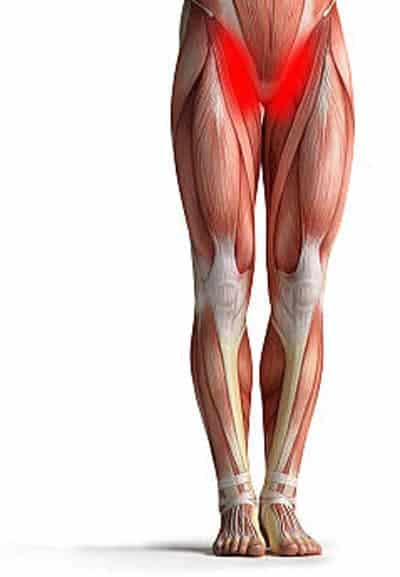
Athletic pubalgia lacks the abdominal contents bulging via a muscular defect as found in actual hernias. Rather, it denotes a muscular tendon injury impacting the rectus abdominis, internal oblique muscles, or adductor tendons.
Repetitive rotational forces and hyperextension motions often used in soccer cause the condition to develop slowly. Strong hip motions including cutting, jumping, and kicking create shearing forces over the pubic symphysis and nearby muscle.
Clinical presentation comprises chronic groin discomfort that gets worse with activity and subsides with rest. Deep, searing pain is reported by many players that increases in latter parts of games or training sessions. The diagnostic difficulty is in distinguishing athletic pubalgia from other groin diseases including genuine inguinal hernias and hip joint abnormalities.
Conservative care usually consists of three to four months of tailored rehabilitation addressing hip function and core stability combined with adjusted exercise. For refractory cases, surgical intervention may be warranted; 98% of athletes return to competition three months following surgical repair.
Famous Soccer Injuries
Contemporary Injury Cases
Stefan Frei’s Shocking Injury
On July 6, 2025, during an MLS game between Seattle Sounders and Columbus Crew, a chilling scene at Lumen Field shook US soccer. Swiss-American goalkeeper Stefan Frei, a club cornerstone since 2014, was suddenly struck in the head by an opponent’s knee during a corner kick and collapsed on the field.
A symbol of longevity and resilience in MLS, Frei has overcome multiple injuries throughout his career. This incident also served as a reminder of the vulnerability of all athletes, regardless of experience or status.
Paul Pogba’s Series of Injuries
The flamboyant French player has struggled to regain his level in recent seasons. Worse, he has struggled even to return to the field, plagued by repeated injuries.
When we learned about the extortion and kidnapping case that has haunted him for years, it became easier to understand why this talented player has remained stuck in a downward spiral of injuries.
The mental side is very important in a player’s physical health. With the stress Pogba endured, it’s easy to imagine how it contributed to his recurring injuries.
After almost a year and a half away from the field, Paul Pogba finally made his professional comeback with AS Monaco in the summer of 2025. This return, a symbol of his resilience, raises hopes that he may gradually regain his full abilities.
N’Golo Kanté’s Ordeal
Arriving at Chelsea in 2016, the French fan-favorite midfielder was known for his incredible stamina and physical strength. But since the 2019–2020 season, Kanté has missed nearly 80 games for his club. This season alone, he was sidelined for 7 months.
Although little covered by the media, he too was a victim of blackmail and extortion. This ordeal likely weighed heavily on his mental and physical health. Discreet as always, his situation seems to have improved, but the toll on his body has been significant.
Career-Defining Injuries
Spinazzola’s Achilles Rupture – Euro 2021
The Italian left-back was in peak form during Euro 2021 and one of the best in his position. In the quarterfinal against Belgium, however, he collapsed after a sprint.
This year, he returned with a full season at AS Roma, but not quite at his pre-injury level.
Son Heung-min’s Unfortunate Tackle
The talented Korean forward, in a match between Tottenham and Everton, tracked back to defend a counterattack. With a late tackle, he tripped André Gomes, who fell into Serge Aurier. The violent collision resulted in Gomes suffering a fractured ankle.
The images of the foot were shocking, and Son’s devastated face was equally unforgettable. A few days later, Gomes underwent successful surgery.
Bizarre Soccer Injuries
The “bizarre” injuries section demonstrates that even mundane activities can result in significant time loss for professional athletes. Alexandre Pato’s parking lot incident in 2022, resulting in weeks of absence from a simple trip over a security chain, exemplifies the unique vulnerability of high-level athletes to everyday hazards.
- Alexandre Pato’s Unlikely Fall in Orlando: While at Orlando City in MLS, Brazilian striker Alexandre Pato suffered one of the strangest injuries. One day in 2022, while crossing the club’s parking lot, he tripped over a security chain and fell heavily on his left arm. The result: a serious injury requiring a mummy-like bandage and several weeks out, all for tripping on an invisible chain. This story, told by Pato himself, became a running joke in Orlando’s locker room.
- Philippe Mexès’ Eye Burn: French defender Philippe Mexès was hospitalized urgently after overexposure to a UV lamp, suffering central serous retinopathy in his left eye.
- Santiago Cañizares’ Perfume Bottle Accident: While preparing for the 2002 World Cup with Spain, Cañizares accidentally dropped a perfume bottle and tried to stop it with his foot. He failed, and a shard of glass severed a tendon in his foot. The Spanish starting goalkeeper was forced to miss the World Cup, leaving the spot to a young Iker Casillas.
Prevention Strategies and Risk Mitigation
Comprehensive Preparation Protocols
Although modern techniques have gone beyond simple static stretching regimens, good warm-up techniques are still essential to injury prevention. Superior efficacy in readying the neuromuscular system for competitive needs has been shown by dynamic warm-up programs including sport-specific motion patterns and progressive intensity increases.
Strength and conditioning plans should build overall fitness as well as sport-specific capability by tackling the multidirectional forces seen in soccer. Given its contribution to force transfer between upper and lower extremities during soccer-specific movements, core stability training is especially vital.
Environmental Factors and Equipment Considerations
Selecting appropriate footwear according to playing surface features can greatly affect one’s risk of injury. Traction, stability, and torsional forces carried through the lower limb are all influenced by the interaction between cleat design, surface type, and environmental circumstances.
Rates of injury are affected by playing surface selection and care; some evidence points to well-maintained natural grass surfaces lowering some types of injuries in comparison with synthetic substitutes. But the counterbalancing benefits of surface consistency and weather-independence of synthetic pitches help to offset them.
Recovery and Load Management
Appropriate recuperation techniques between practice sessions and competitions let physiological adaption happen while avoiding accumulative tiredness. Effective recovery programs build on hydration tactics, nutritional optimization, and sleep hygiene.
Using GPS technology and heart rate variability, load monitoring systems can help locate players at high risk of injury resulting from too great training levels or inadequate recuperation. These objective data help to direct training changes alongside subjective well-being surveys.
Modern Treatment Approaches and Rehabilitation
Evidence-Based Rehabilitation Protocols
Contemporary rehabilitation has moved from time-based methods to criteria-driven progressions that highlight functional restoration rather than arbitrary timelines. Velocity-based training during the return-to-sprint phase has shown promise in optimizing neuromuscular function and lowering reinjury risk for ACL injuries.
Modern approaches for muscular injuries include eccentric strengthening, Nordic hamstring workouts, and sport-specific movement patterns. The knowledge that muscle injuries call for graduated stress application for optimum tissue remodeling has changed the treatment techniques completely.
Integration of Technology in Treatment
Real-time ultrasound and MRI among other sophisticated imaging methods aid rehabilitation development by offering objective data on tissue repair. This technical coupling enables more accurate choices about activity development and return-to-sport time.
Biomechanical analysis tools can detect movement dysfunction patterns that point to incomplete rehabilitation or expose one to injury. Rather than general treatment regimens, these tools let targeted intervention plans solving particular deficits be enabled.
Long-Term Implications and Career Considerations
Professional Career Impact
Particularly those needing surgery, soccer injuries have major economic and competitive ramifications for professional teams and players. The estimated $1 billion annual cost of ACL reconstruction in US high school athletes alone emphasizes the larger economic effects of these injuries.
Injury history is progressively affecting contract discussions and transfers, with teams spending significantly in medical screening and injury prevention initiatives. The lasting professional repercussions of major injuries are shown by the 36% of players battling at lesser levels over three seasons following ACL repair.
Psychological and Social Effects
Beyond physical therapy, soccer injuries have psychological consequences that impact player confidence, performance anxiety, and career satisfaction. Especially for serious or reoccurring injuries, mental health support has become an essential part of all-encompassing injury management plans.
Successful rehabilitation results depend critically on social support networks including family, teammates, and medical personnel. The separation felt over long injury periods can greatly affect psychological well-being and motivation to return to sport.
Conclusion: Final Takeaway
This thorough grasp of soccer injuries—from acute traumatic incidents to chronic overuse disorders—underlines the necessity of combined approaches utilizing prevention, treatment, and rehabilitation techniques. Injury care has to change with the increasing severity and professionalism of the sport, emphasizing both immediate recovery and long-term player health and professional lifespan.
Although soccer injuries are unavoidable given the demands of the game, the evidence shows that their effects can be considerably minimized via suitable preparation, evidence-based therapy, and all-encompassing rehabilitation regimens. Success in this project calls on players, coaches, medical specialists, and support staff all contributing toward the shared objective of safe participation in the lovely game.

